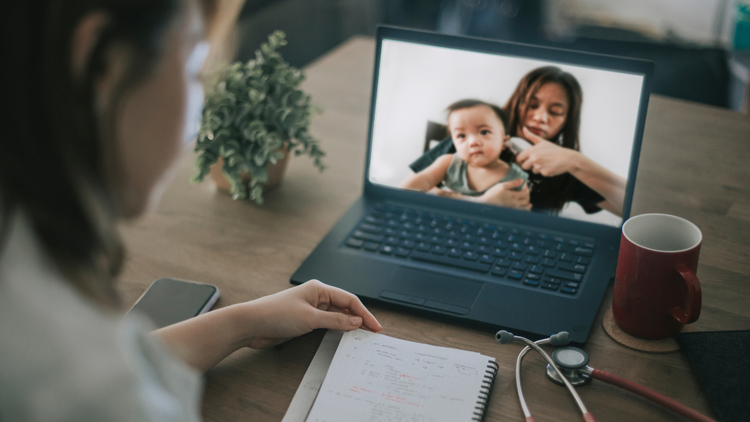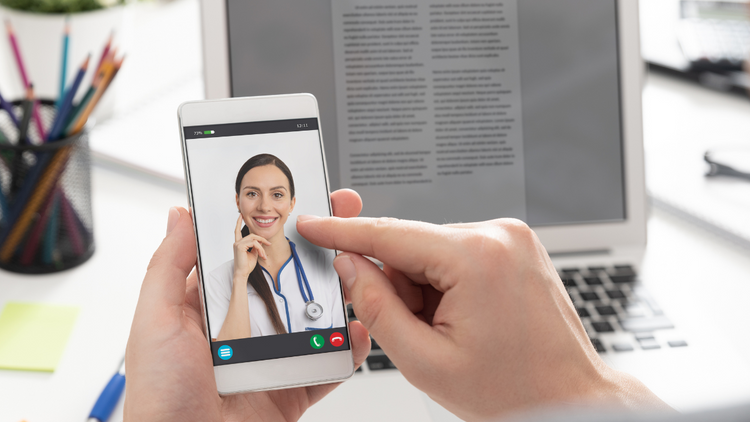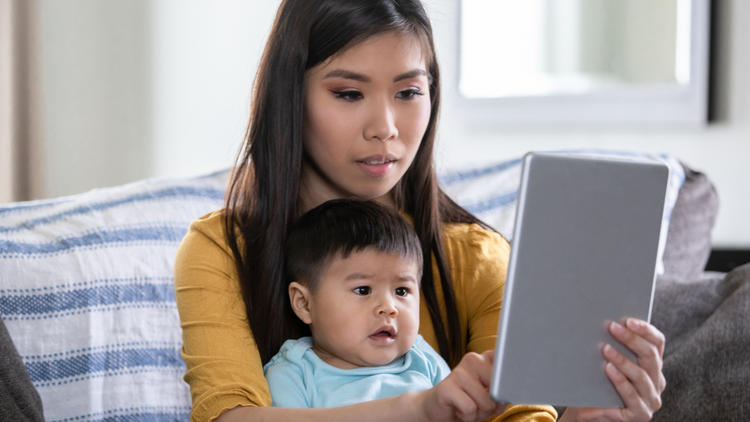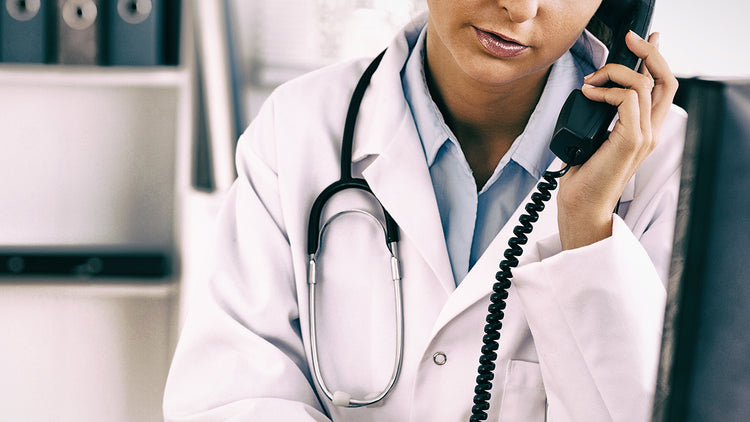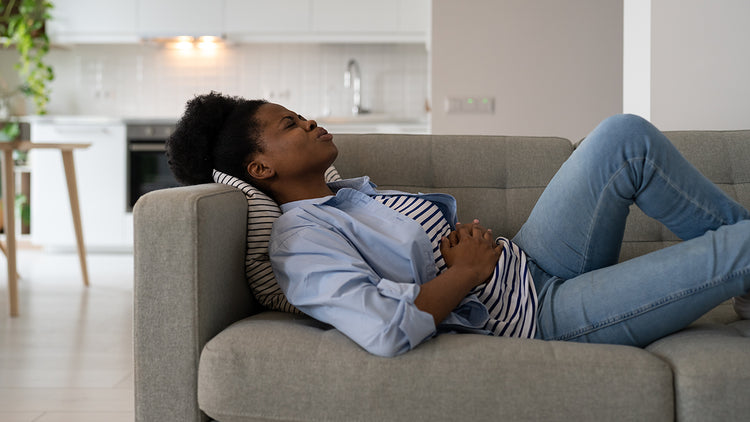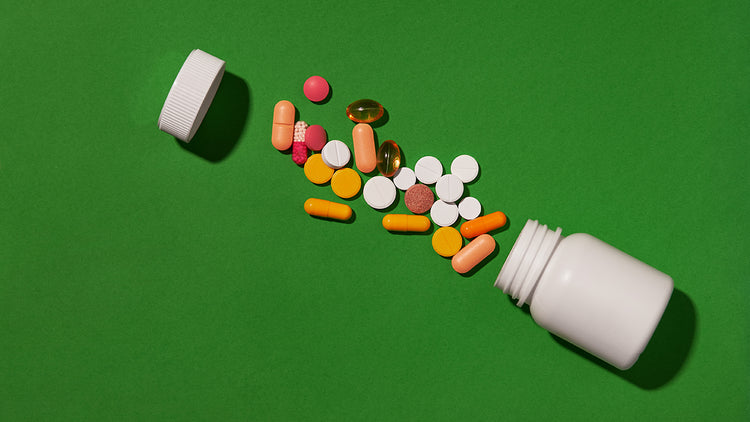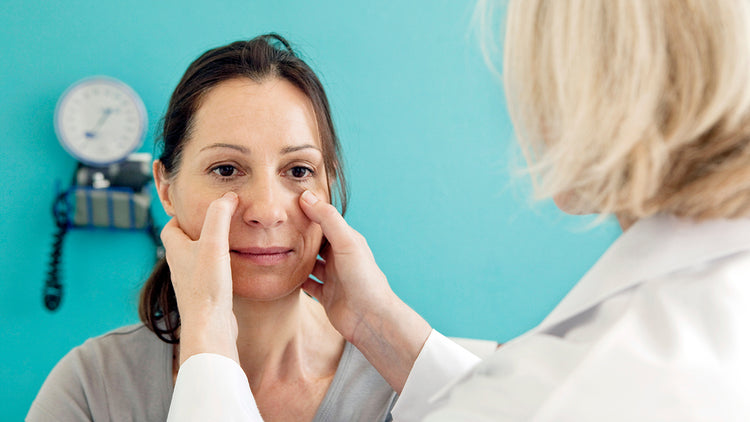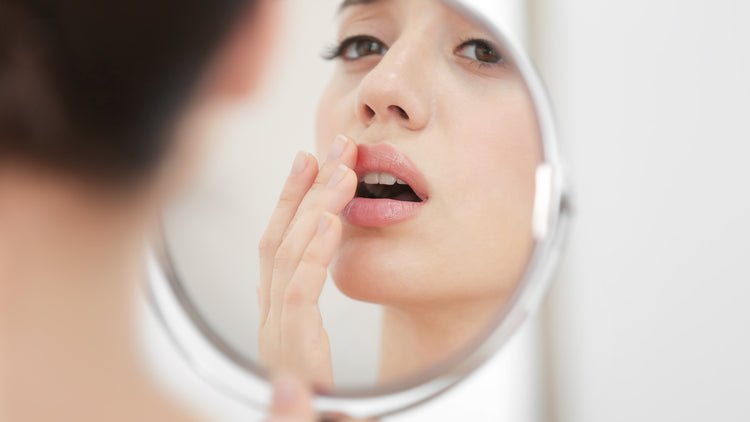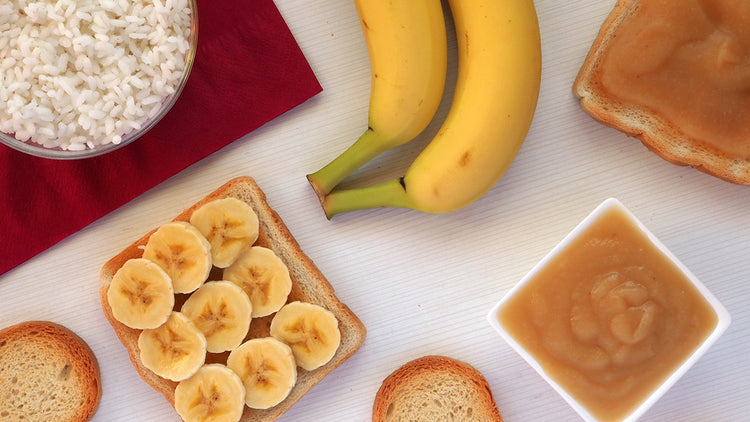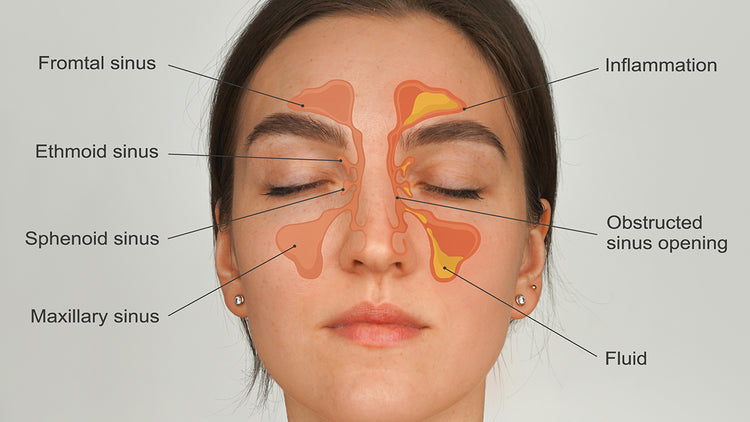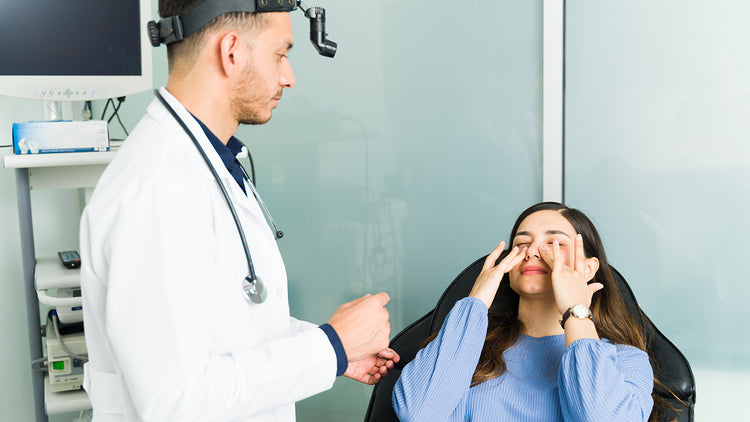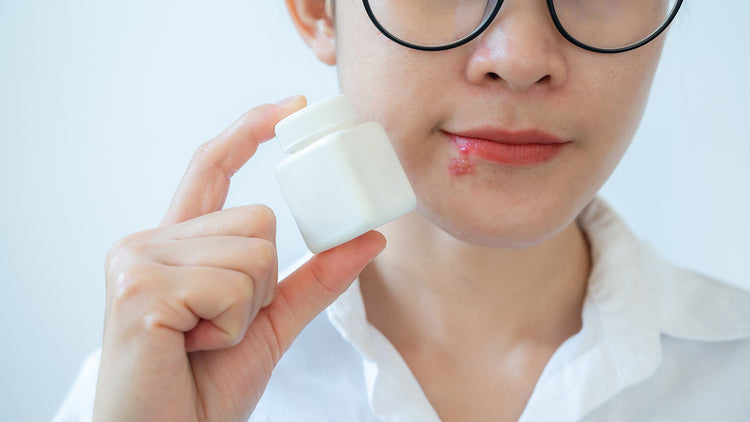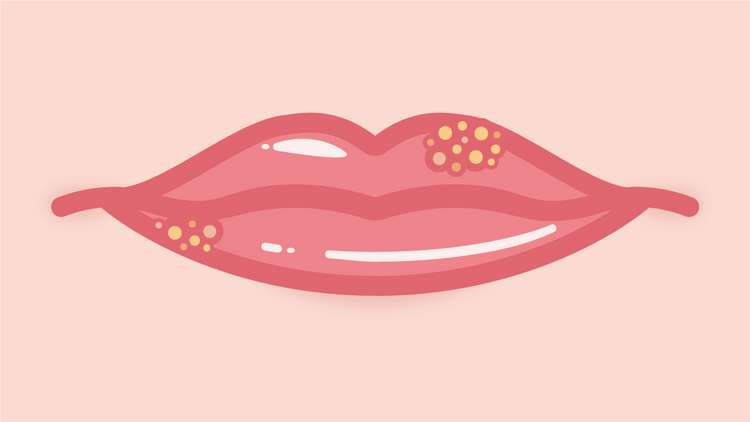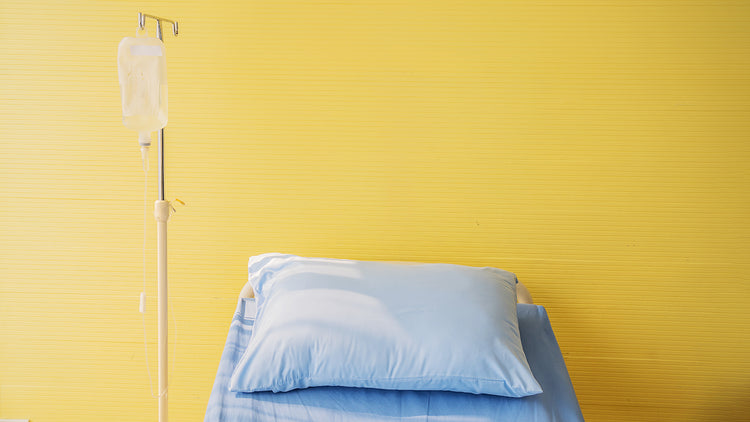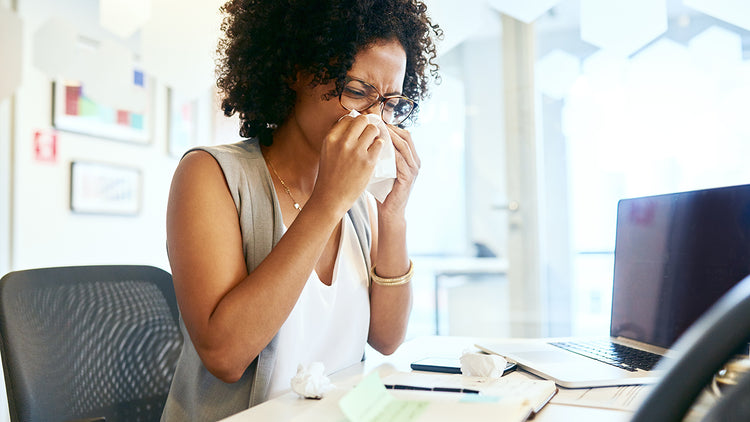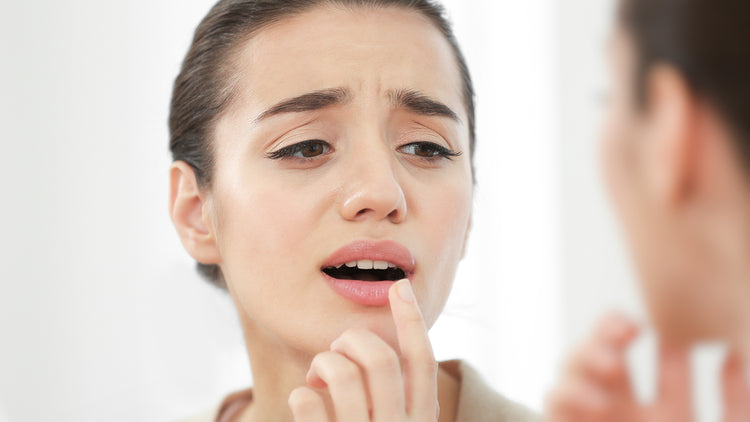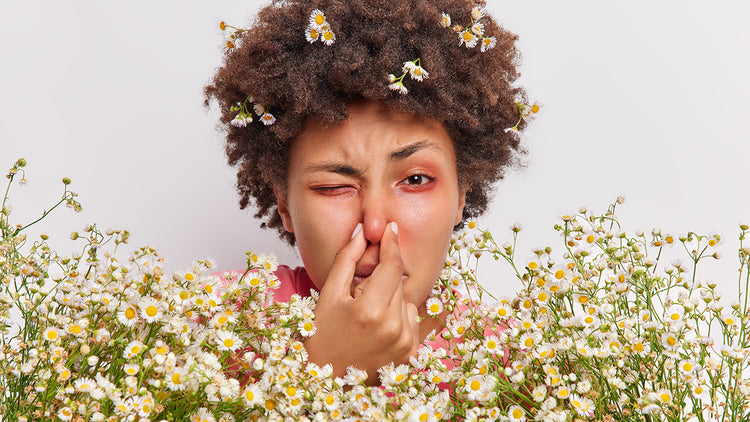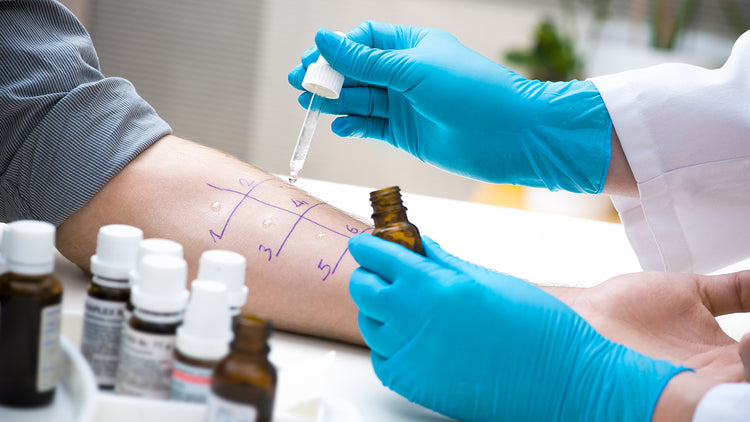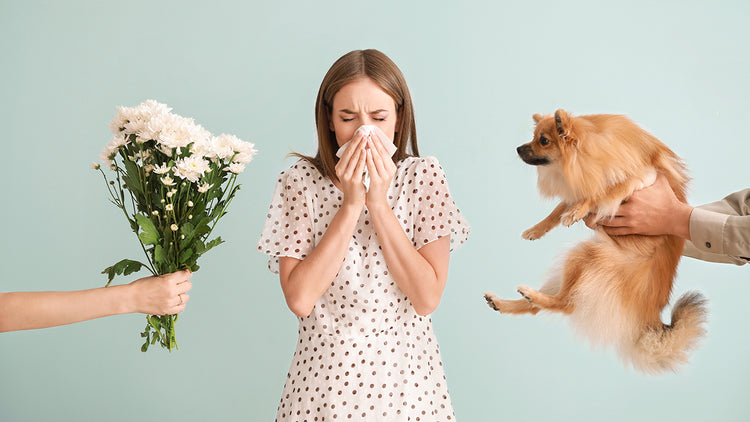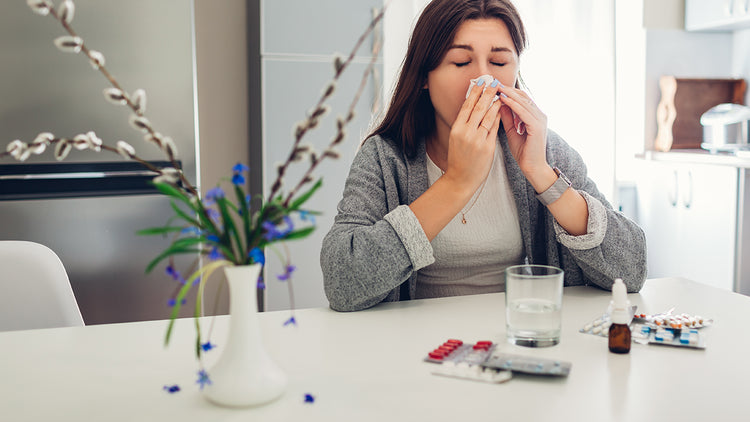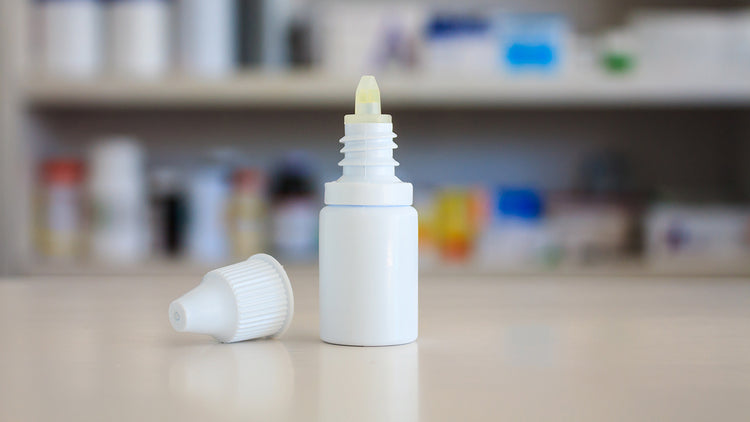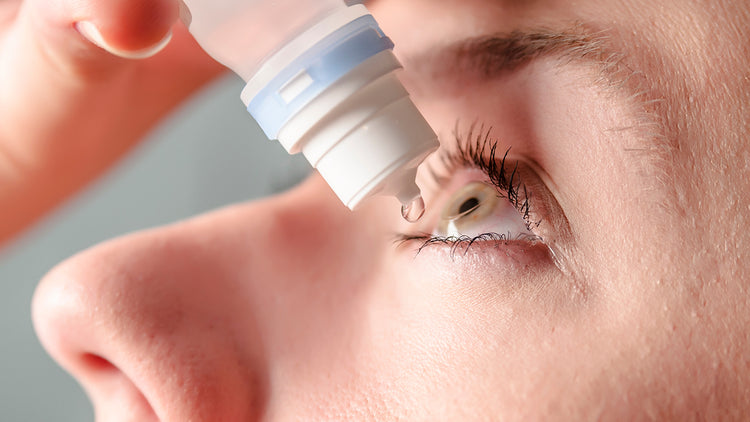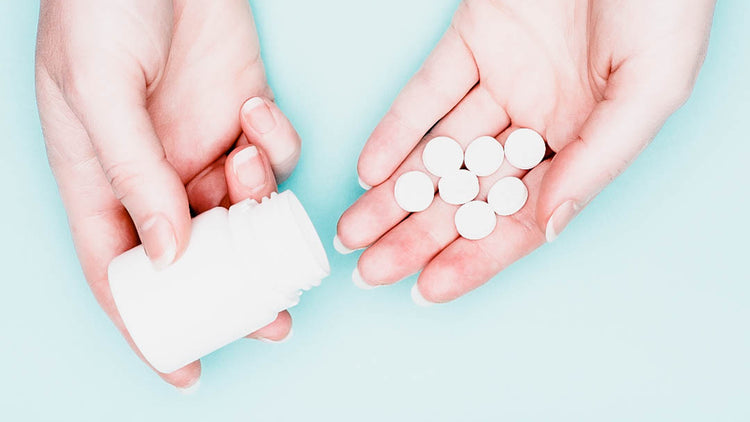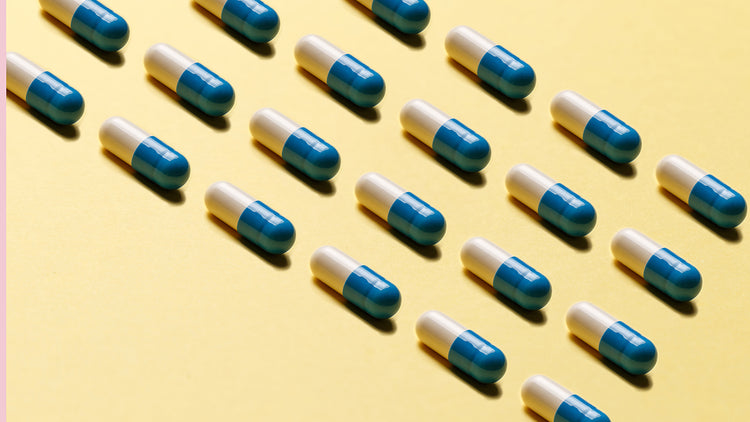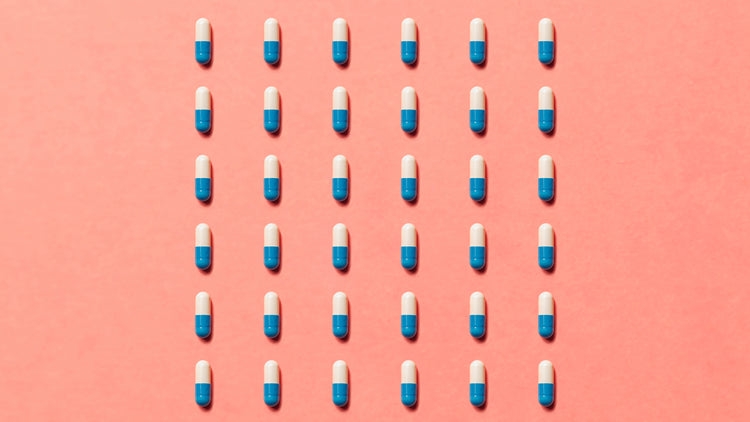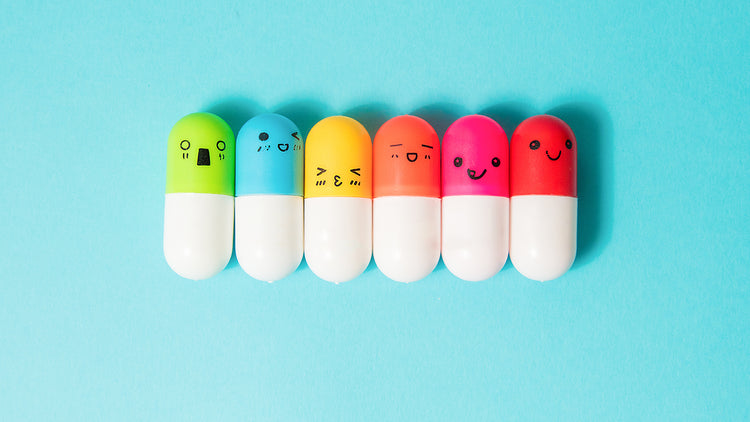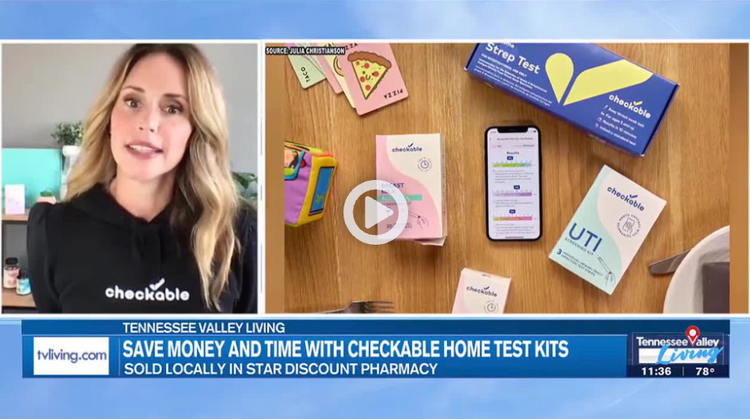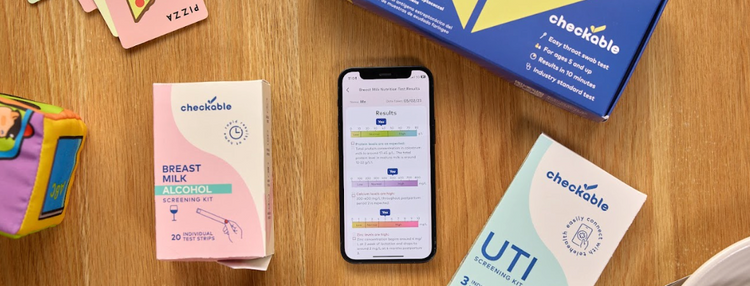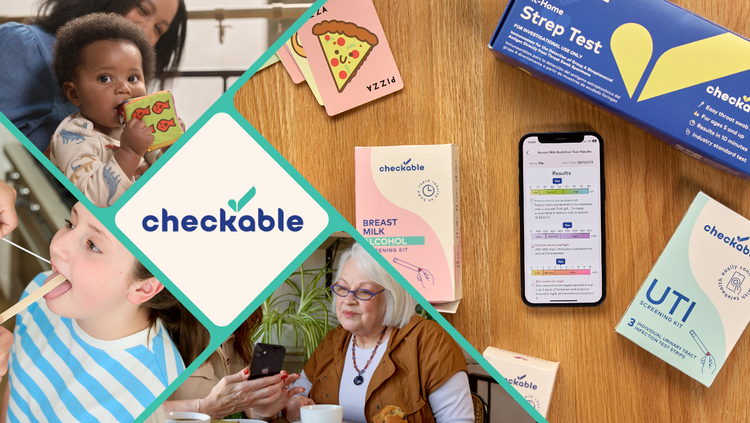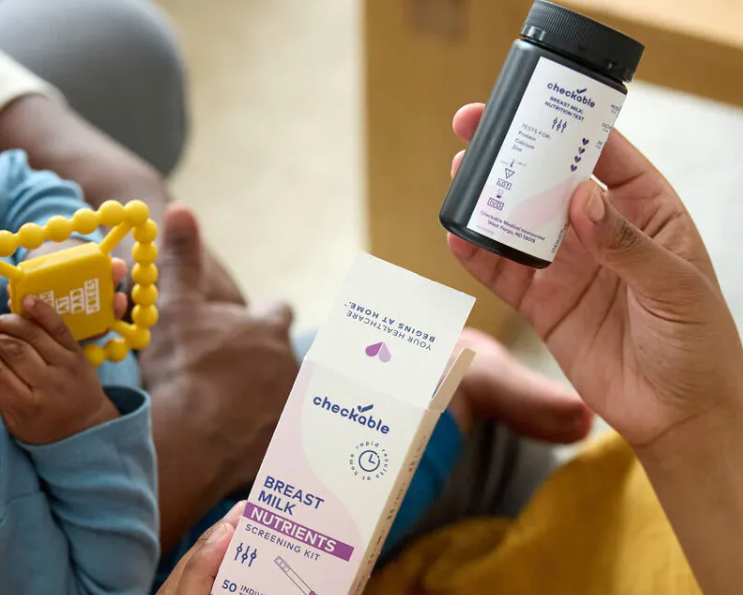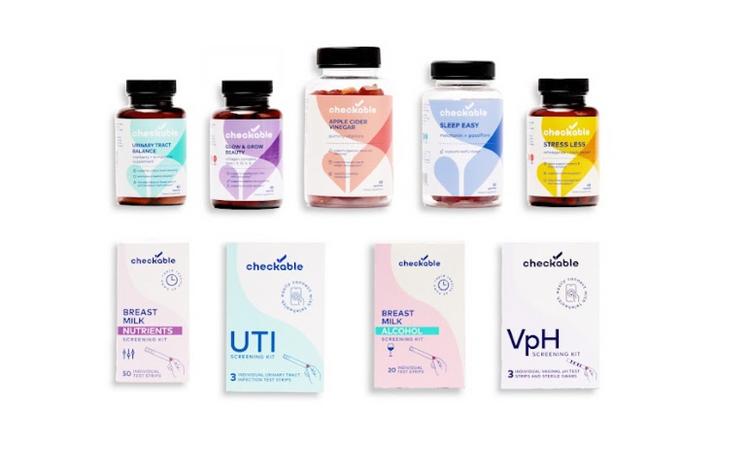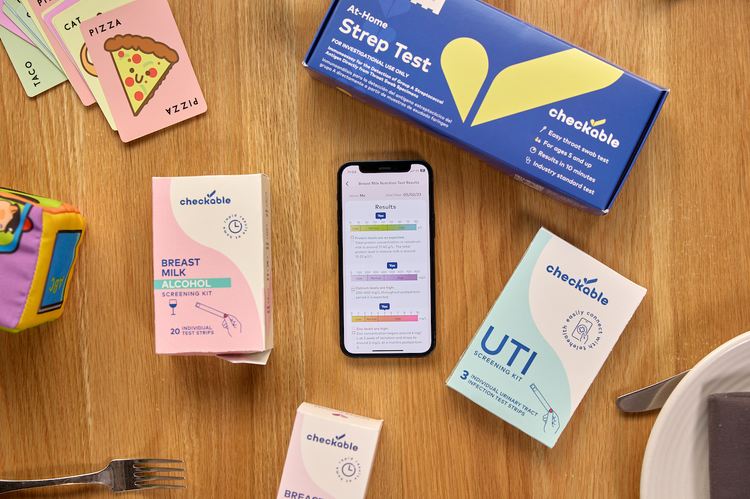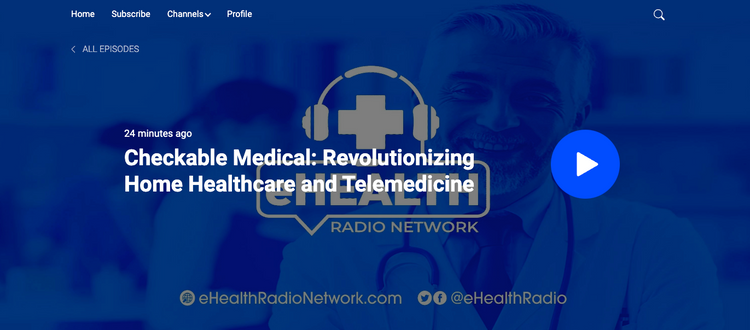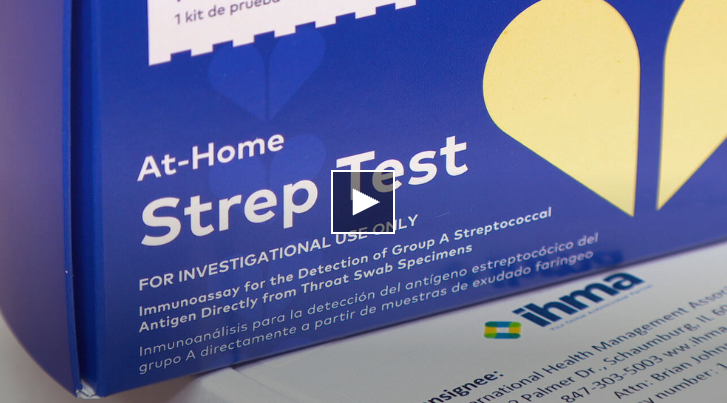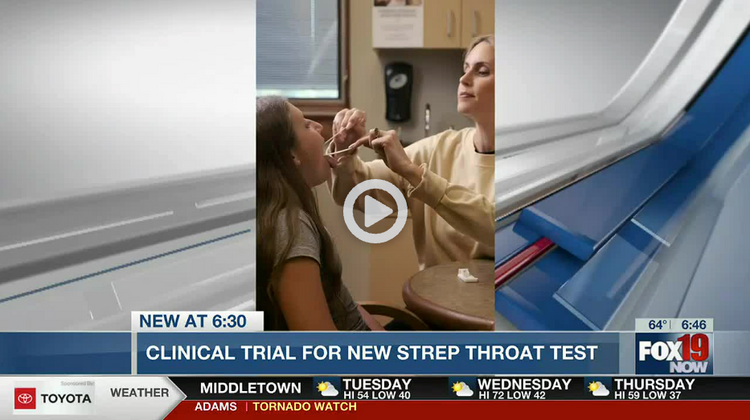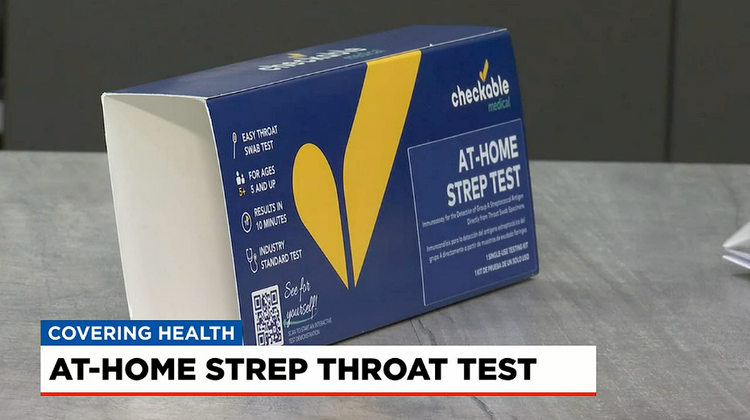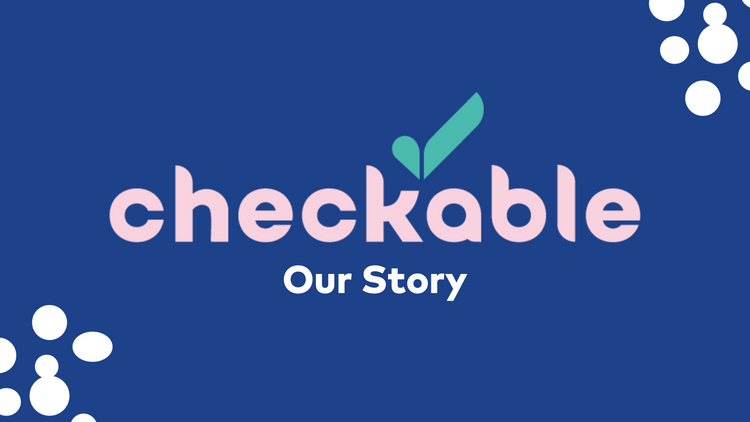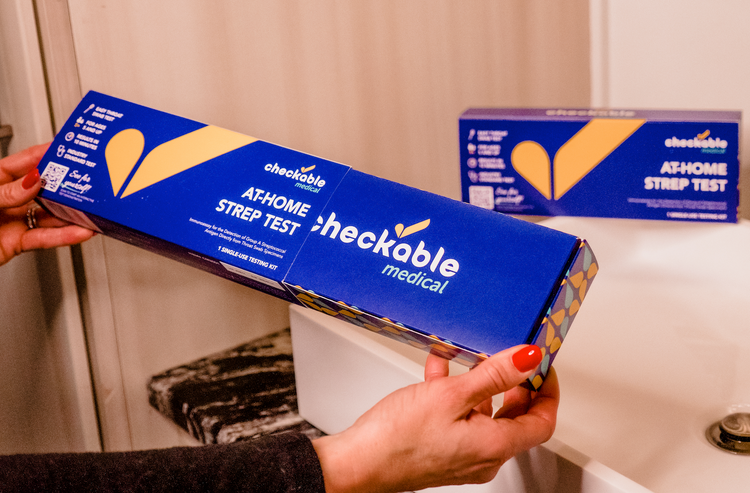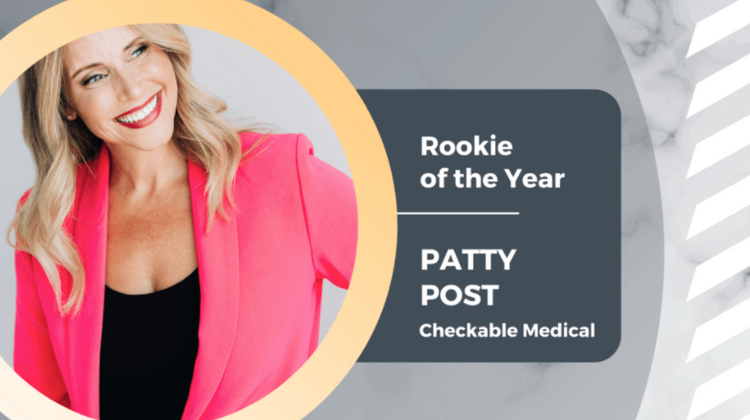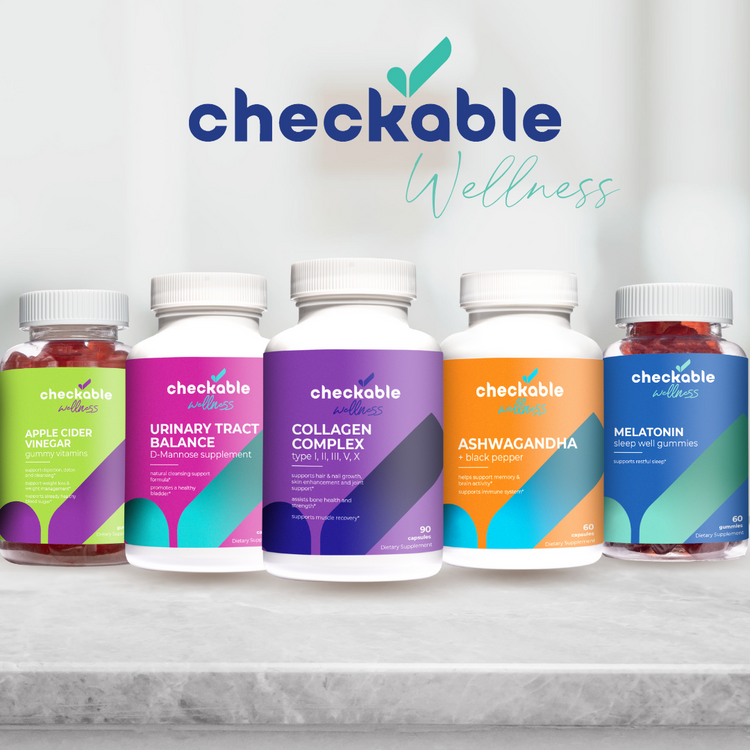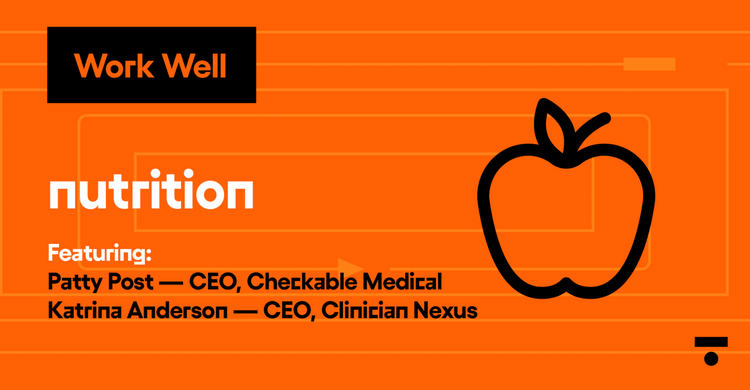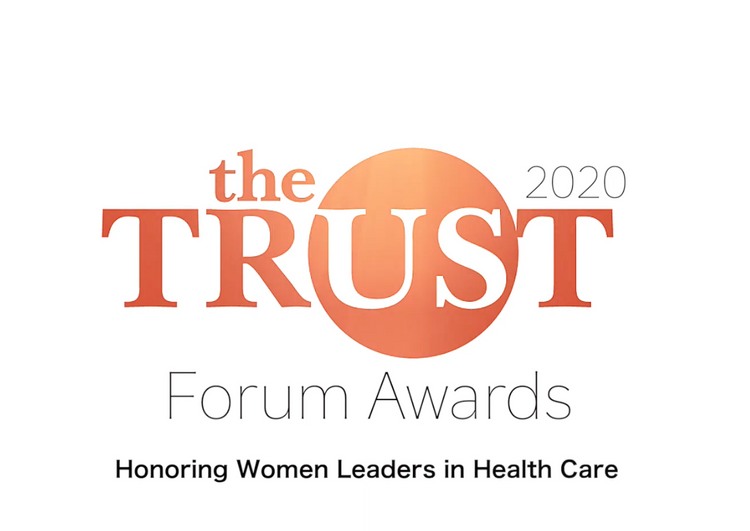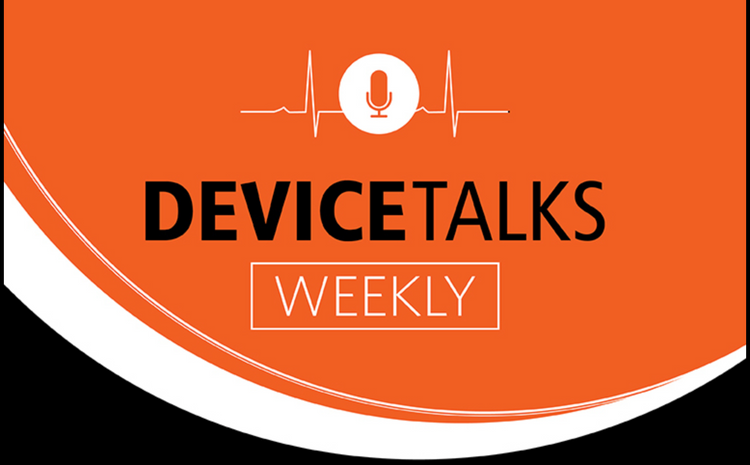
Pink eye, or conjunctivitis, is one of the most common eye infections in children and adults, with about six million cases annually in the United States. Pink eye is an inflammation of the transparent membrane that lines the eyeball and eyelids, called the conjunctiva. Pink eye may result from a virus, bacteria, or a chemical or allergic reaction. Symptoms of pink eye include redness, swelling, watering eyes, irritation, and itchiness. Although it is not usually considered serious and will typically clear up on its own, it is highly contagious. Treatment will vary depending on the type of pink eye you are diagnosed with.
The Potential Risks of Not Finishing Your Medication for Pink Eye
Viral pink eye is the most commonly diagnosed. It typically clears up on its own after seven to ten days without any medical intervention. If pink eye is caused by a chemical or allergen, avoiding the irritant will resolve the pink eye symptoms. Bacterial conjunctivitis requires treatment with prescription antibiotics, which will usually start to clear up symptoms within two to three days.
If you receive a diagnosis of bacterial pink eye, you must complete the entire antibiotic course to treat the infection. If you do not finish your course of prescribed medication, you run the risk of the condition not going away and causing further complications. Bacterial pink eye that goes left untreated can lead to infections of the cornea, tear ducts, and eyelids. Typically, a broad-spectrum antibiotic eye drop is the prescription of choice for treating pink eye.
The Best Way to Ensure That You Complete Your Prescribed Medication for Pink Eye
You must complete the prescribed medication for treatment as instructed by your healthcare provider. Even as symptoms begin to subside, you should complete the entire course to ensure the infection has resolved and prevent it from returning or spreading to other individuals. Create a reminder to administer the medication on a personal device, such as a cell phone, to ensure you complete the prescribed course. Marking the bottle each time you administer your eye drops to ensure you do not miss a dose is another way to remind yourself. Once symptoms start to resolve, it can be difficult to remember to complete your medication, so these reminders may be necessary and helpful.
How Long Will It Take for Your Pink Eye to Clear Up After You Finish Your Medication
Broad-spectrum antibiotic eye drops are the first-line treatment for bacterial conjunctivitis. Once you’ve begun antibiotics for pink eye, symptoms usually start to improve within two to five days but can take two weeks to resolve completely. Antibiotic treatment is generally indicated in cases where there is discharge or pus present, in individuals with a weakened immune system, or when certain bacteria are suspected. To help provide symptom relief, your healthcare provider may also recommend the following home remedies:
- Using artificial tears
- Cleaning the eyelids with a wet washcloth
- Using a cold or warm compress on the eyes
If an allergy is causing the irritation, your provider may recommend medication to help with allergies, such as an antihistamine, decongestant, or anti-inflammatory drops. It is essential to avoid the allergen to help clear up symptoms and prevent recurrence.
If you suspect viral pink eye, it does not require any medical intervention unless caused by herpes simplex virus, varicella-zoster virus, or a sexually transmitted infection. If caused by one of these, the condition will require antiviral medications, or it could lead to severe complications, such as eye scarring or vision loss.
Is There Anything Else You Should Do to Reduce the Risk of the Recurrence of Pink Eye?
Once you have completed treatment for a case of conjunctivitis, it is important to follow these simple steps to prevent a recurrence:
- Discard cosmetics such as eye or face makeup and makeup brushes you used while infected.
- Throw away any disposable contact lenses, their cases, and contact lens solution used during the infection.
- Clean any extended-wear lenses, eyeglasses, and cases you used while infected.
- Wash pillowcases and bedding frequently to avoid spreading to the non-infected eye.
- Use a new towel and washcloth every time.
- Wash your hands with soap and water often, especially after touching or rubbing the infected eye.
Things You Should Avoid While Taking Your Medication for Pink Eye
You should avoid some things while taking medication for pink eye to ensure the safety of yourself and those around you. Be sure to avoid the following:
- Sharing of personal items
- Touching your hands and face or eyes frequently
- Using facial or vision-related items without thoroughly cleansing each time
Before beginning any over-the-counter or at-home treatments, it is essential to consult your healthcare provider to ensure there are no contraindications to the treatment. If the redness does not improve after treatment or new symptoms develop, it is essential to see an ophthalmologist, as this may indicate a more severe condition.
References
Centers for Disease Control and Prevention. (2019, January 4). Conjunctivitis (pink eye). https://www.cdc.gov/conjunctivitis/index.html
Cleveland Clinic. (2022, August 22). Pink eye (conjunctivitis).
https://my.clevelandclinic.org/health/diseases/8614-pink-eye
Stanford Medicine. (n.d.). Pink eye treatment. https://stanfordhealthcare.org/medical-conditions/eyes-and-vision/pink-eye/treatments.html
Mayo Clinic. (2023, January 5). Pink eye (conjunctivitis). https://www.mayoclinic.org/diseases-conditions/pink-eye/diagnosis-treatment/drc-20376360

Nurse Bio
Lauren is a Registered Nurse with 8+ years of nursing experience. She received her bachelor's degrees in Communication Studies and Nursing as well as a Master's degree in Business Administration. She has nursing experience in pediatrics, rehabilitation and, most recently, clinical informatics. She has a passion for taking her real life experience and expertise and transforming it into content that the general public can understand and digest.
Life is too short to sit in a doctor’s office
Sign up for our weekly newsletter and get valuable healthcare tips and tricks in your inbox!
Sign up now and unsubscribe anytime.
- Choosing a selection results in a full page refresh.
- Press the space key then arrow keys to make a selection.



